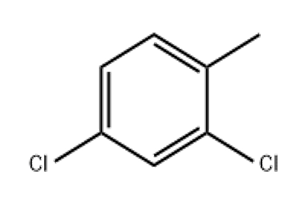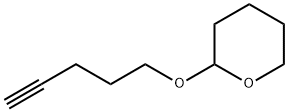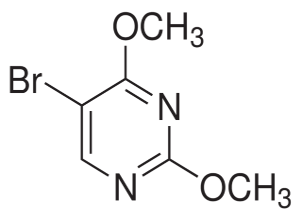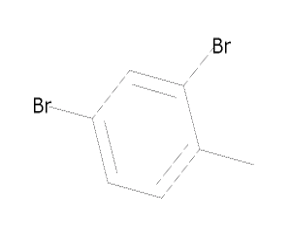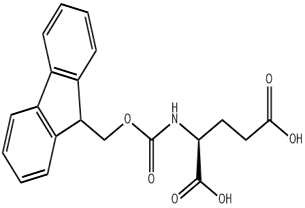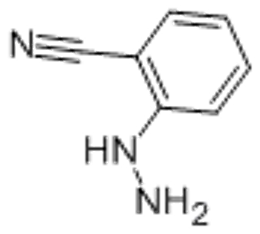2 4-Dichlorotoluene(CAS# 95-73-8)
| Hazard Symbols | Xi – Irritant |
| Risk Codes | 36/37/38 – Irritating to eyes, respiratory system and skin. |
| Safety Description | S23 – Do not breathe vapour. S24/25 – Avoid contact with skin and eyes. |
| UN IDs | UN 2810 |
| WGK Germany | 2 |
| RTECS | XT0730000 |
| TSCA | Yes |
| HS Code | 29036990 |
| Hazard Note | Harmful |
| Hazard Class | 9 |
| Packing Group | III |
| Toxicity | LD50 orally in Rabbit: 2400 mg/kg |
Introduction
2,4-Dichlorotoluene is an organic compound. The following is an introduction to its nature, use, preparation method and safety information:
Quality:
- Appearance: 2,4-Dichlorotoluene is a colorless to light yellow liquid.
- Solubility: It is soluble in most organic solvents such as alcohols, ethers, ketones, etc.
Use:
- 2,4-Dichlorotoluene is often used as an intermediate in organic synthesis.
- It can also be used in the rubber industry, dye industry, pesticide industry, etc.
Method:
- 2,4-Dichlorotoluene can be prepared by adding chlorine gas to toluene. The reaction conditions are generally carried out under the conditions of high temperature and light.
Safety Information:
- 2,4-Dichlorotoluene is an organic solvent that may cause some damage to the human body.
- Avoid contact with skin and eyes, and wear appropriate protective gloves, glasses, and overalls when using.
- After invading the human body, it may have a stimulating effect on the central nervous system, causing symptoms such as dizziness, headache, and nausea.
- Pay attention to ventilation when using in a closed environment to avoid the risk of poisoning.
- Avoid contact with strong oxidizing agents and strong acids.
Always follow safe operating procedures when using and handling 2,4-dichlorotoluene and consult a professional.


